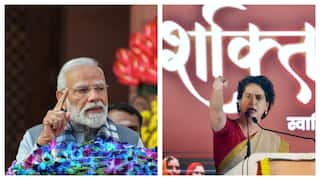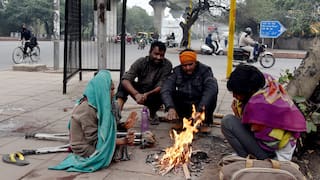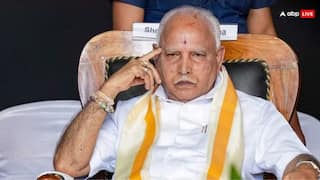Durga Puja 2022: Important Dates, Events And All You Need To Know
Durga Puja essentially refers to the five days of celebrations starting with Shashthi, Maha Saptami, Maha Ashtami, Maha Nabami, and Vijayadashami.

Durga Puja 2022 Date: Durga Puja, also known as Durgotsava or Sharadotsav, is an annual Hindu festival celebrated to worship the Hindu goddess Durga. It is celebrated with much pomp and splendour in West Bengal, Assam, Tripura, Odisha, and Bihar.
Durga Puja essentially refers to the five days of celebrations from Shashthi, Maha Saptami, Maha Ashtami, Maha Nabami, and Vijayadashami. According to the Hindu calendar month of Ashvin, the puja is marked from the sixth to the tenth day of the bright lunar fortnight.
While the celebrations start from Shashthi, the mood is set much before the Goddess is said to leave her abode in the Kailash for her paternal home in the mortal world.
According to legends, Devi descends on Earth on ‘Mahalaya’, which marks the end of ‘Pitripaksha’, a 16-day period when Hindus pay homage to their ancestors. As the ‘Devipaksha’ begins the next day, Mahalaya in effect sets the tone for the Durga Puja.
Going by the Hindu calendar, ‘Mahalaya’ is marked on the last day of ‘Krishnapaksha’, the dark fortnight of the month of Ashwin. The next day marks the beginning of Sharad month, ushering in the 10-day ‘Sharadotsav’, as it is also known locally in Bengal.
Important Dates Of Durga Puja 2022:
This year Mahalaya will be celebrated on 25th September after which Devi Paksha begins, with Maha Shashthi (sixth day) on the 1st of October.
The first nine days are called Navratri when people offer prayers to Goddess Durga for slaying the buffalo demon Mahishasura. The celebrations end on the 10th day with Vijayadashami, which is on 5th October.
For Bengalis, it is mainly celebrated from the 6th day to the 10th day with zeal and grandeur.
The first day of celebrations, which is Shashthi (on 1st October), involves rites to awaken and welcome the goddess to be a guest in the mortal world - a ritual which is known as Bodhan. This is followed by Maha Saptami ( on 2nd October) with the bathing of the Navapatrika with holy water.
Maha Saptami is followed by Maha Ashtami (on 3rd October). The Sandhi puja, involving the offering of 108 lotus and lighting of 108 lamps is performed to mark the end of Ashtami and beginning of Maha Navami. This is considered an auspicious hour, the time phase between the end of one day and beginning of another.
Maha Navami begins just after (on 4th October) which is the 9th Day and is marked with the Homa (fire oblation) and Bhog.
The last day of this grand celebration is Vijaya Dashami (on 5th October) and is marked by ‘Sindoor Khela’ which begins after the visarjan of the goddess.
As part of the ritual, Bengali women, typically dressed in white saris with red borders, first perform Devi Baran, bidding farewell to the Goddess, followed by an arati and the application of sindoor (vermilion) to the Goddess's forehead and feet. After Devi Baran, they apply sindoor on each other's foreheads and parting of their hair to represent their marital status. They are also expected to apply sindoor on the feet of the older women in the group.
The main event of Vijaya Dashami is the procession of Durga idols to various rivers, where they are immersed ritualistically.
Top Headlines






































